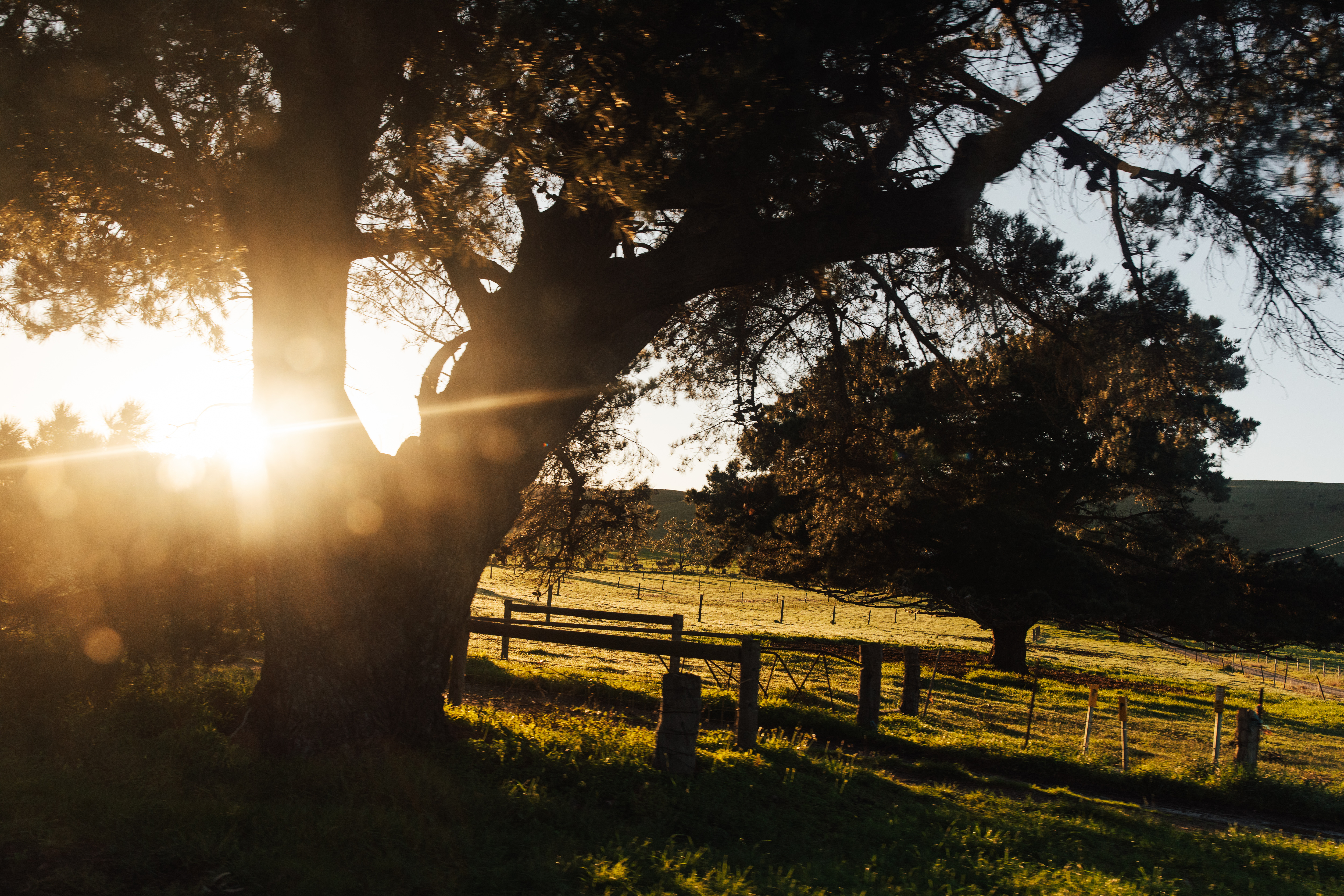
Effective heritage needs a better framework
[as published in the Stock Journal]
South Australian livestock producers fully support protecting Aboriginal cultural heritage. However, recent amendments to the Aboriginal Heritage Act 1988, while well-intentioned, have created an unworkable framework for producers.
The rules don’t just apply to new developments. Producers now face excessive red tape, unclear controls, long delays and high costs even for routine property work. And with various sites undocumented or intangible, like songlines or traditional stories, producers are now being asked to plan and operate within a system they cannot meaningfully navigate without external help.
This helps no one and risks undermining both heritage protection and rural livelihoods. Producers’ goodwill is real, but so is their frustration.
Producers have long cared for cultural sites on the land, often working with Traditional Owners to preserve sacred places. Commendable as the intent of the new rules may be, the execution is lacking and has those trying to navigate them anxious and stressed. Even simple tasks like cleaning out a dam, grading a road or putting up a fence can trigger a maze of paperwork and delays.
Guidance is buried in jargon, and getting approval can take many months resulting in essential work or new projects, including environmental management improvements, being put on hold at critical times. Producers genuinely want to do the right thing, yet the system’s heavy-handed approach signals mistrust. This strain risks eroding the cooperative relationships farmers have built with Traditional Owners. A heritage framework should foster partnership, not resentment.
For heritage protection and productive farming to coexist, key improvements to the framework are needed and include:
- Risk-based rules: scale requirements to an activity’s likely impact. Low-impact work should have simple processes, while major projects near known heritage sites should get full scrutiny.
- Plain-language guidance: clear, concise guidelines are needed so landowners easily understand their obligations. Simple checklists and examples can remove ambiguity.
- Early engagement: enabling farmers to consult Traditional Owners at the start of a project can help build trust and address heritage concerns before they escalate.
- Better resourcing: funding so heritage surveys and approvals happen faster.
These changes would streamline compliance without weakening protections. A clearer, faster process will improve outcomes, because producers won’t be tempted to sidestep confusing or impractical rules.
We need only look at Western Australia, where an overly prescriptive heritage law was scrapped after it proved unworkable, to see why balance is crucial. South Australia should avoid a similar outcome by fine-tuning our approach now.
Protecting Aboriginal heritage and sustaining agriculture are complementary goals, not competing ones. We can safeguard sacred sites while allowing producers to keep feeding and clothing our community.
Producers are proud stewards of the land’s cultural and productive values. With a sensible framework, they can continue running viable businesses confident they are doing right by First Nations heritage.
South Australia can lead by adopting a heritage system that is respectful, clear and efficient. Government, Traditional Owners and producers must work together to refine the rules. It must be a partnership that works for everyone.
By Travis Tobin